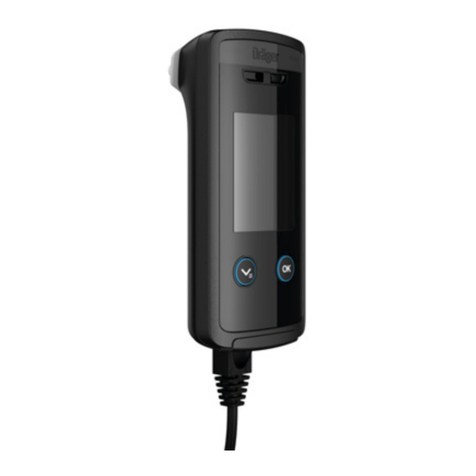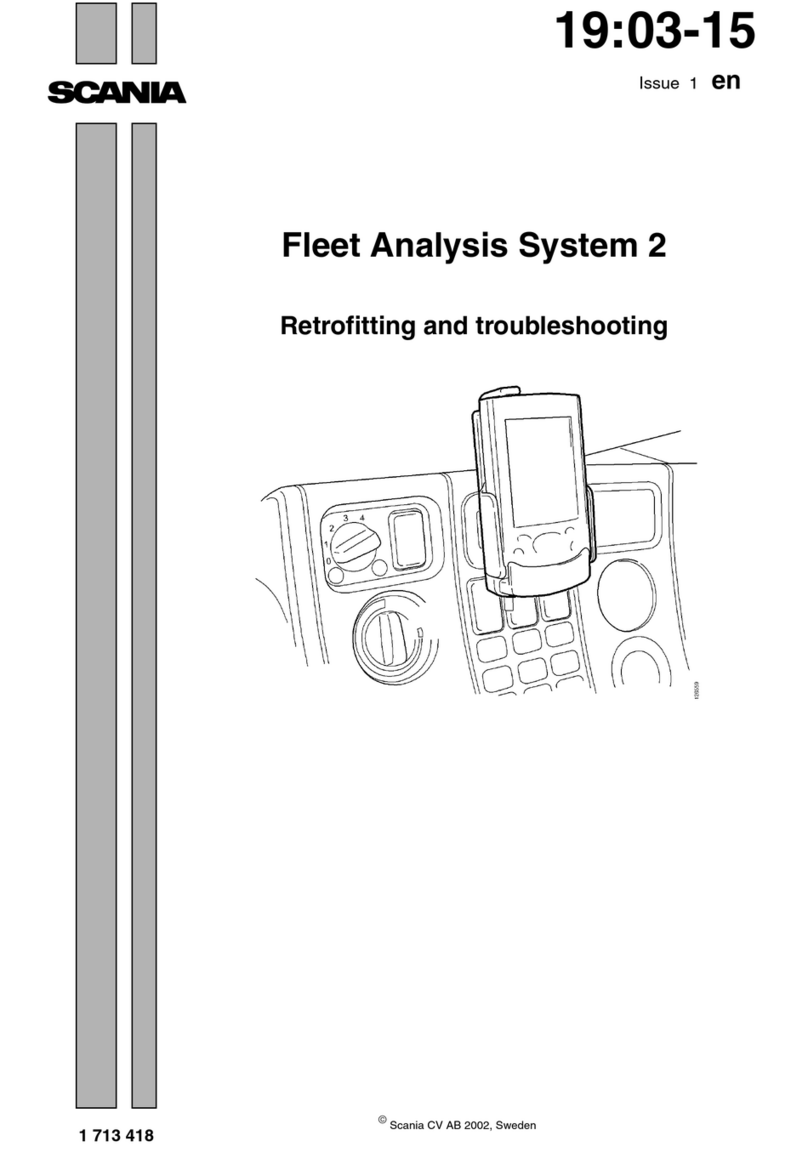
Scania Truck Bodybuilder 22:10-834 Issue 2 2021-11-11
© Scania CV AB 2021, Sweden 1 (32)
General information on battery electric vehicles
Work on electric power take-off (PTO EL)
General information on battery electric ve-
hicles
This document contains information on vehicles powered by battery electricity and
the electric power take-off that these vehicles are fitted with. The electric power take-
off is currently available on battery electric vehicles (BEV) and plug-in hybrid elec-
tric vehicles (PHEV).
Battery electric vehicles are powered by an electric motor and battery power as the
energy source. The energy is stored in lithium batteries. Battery electric vehicles do
not have a combustion engine, whereas for example plug-in hybrid electric vehicles
can be powered by both an electric motor and a combustion engine.
Battery electric vehicles have 2 electrical systems, one of which has VCA, 24 V
(voltage class A) and the other VCB, 650 V (voltage class B):
Battery electric vehicles should be considered low-voltage systems >60 V and
<1,500 V (DC). This means that everyone who manufactures, distributes or installs
electrical equipment must ensure that the work and equipment satisfy the relevant
safety requirements for each market.
Follow the safety precautions under the headings Safety precautions and standards
and Chassis modifications on electric vehicles. This also applies if only mechanical
work is carried out or if work is only carried out in the 24 V system and no work is
carried out on the VCB system.
When working in the workshop, the battery electric vehicle must be positioned so
that it can be driven out in the event of a fire or other risk without obstruction.
More information on safety regulations can be found in the following document:
Electrical system DC (direct current) AC (alternating current)
VCA 0-60 V 0-30 V
VCB 60-1,500 V 30-1,000 V






























